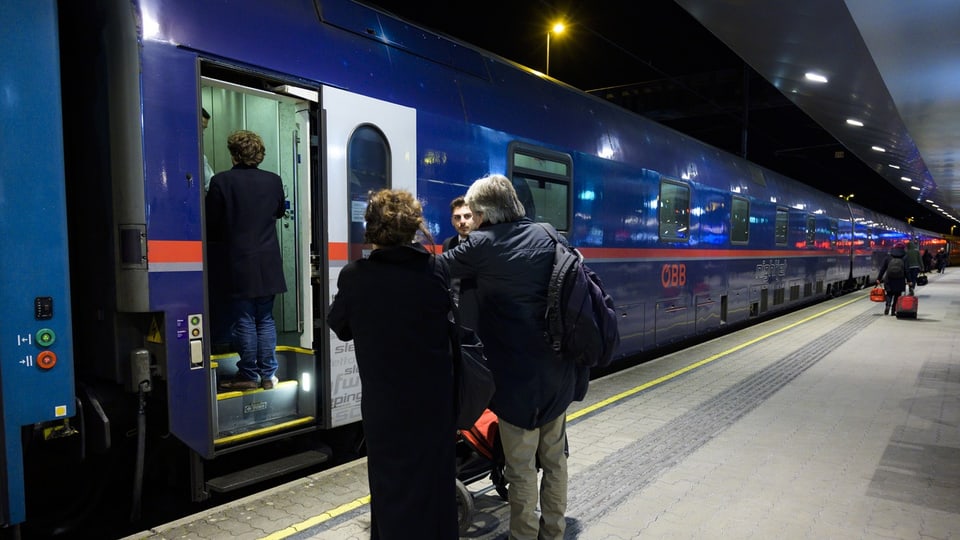As a result of the climate discussion, demand for night trains has increased. However, in mid-December, the ÖBB increased night train tickets massively with dynamic prices. Mobility researcher Thomas Sauter-Servaes explains what future night trains could have.
SRF News: Are night trains profitable?
Thomas Sauter-Servaes: In the long term, relocations can be profitable, but currently less so. On the one hand, you don’t get enough passengers on a night train compared to a high-speed train. On the other hand, it depends on the prices in air transport: As long as flying is cheap, there is little chance of getting into the black with higher prices on night trains.
How efficient are night trains?
The main problem is productivity. We are working on a project in Austria where we are looking for a new day-night train combination. The question is: How can you design rolling stock that can be used sensibly at night but also during the day? What emerges could be a glimpse into the future of what trains will look like, which can then be used more productively.
There can be special seats that can be used as recliners at night.
What do these trains look like?
You have to be able to sleep comfortably on the trains at night, but they also have to be usable during the day. So it’s not just beds that are needed, but special seats that can be used as reclining chairs, as we know from business class in air transport. But solutions from air transport cannot be transformed 1:1 into a night train.
But individual cabins with showers would hardly be suitable, although such offers could bring a more financially well-off audience onto the night trains?
The big question is to what extent luxurious offerings are the solution for the night train of the future. You could form very long trains, bundle different offers for different target groups in one train – and then you only pay the route costs once for this one train.

Legend:
The ÖBB has massively increased the prices for night trains. This is unlikely to increase the incentive to switch from planes to trains.
KEYSTONE/Leandre Duggan
How does the length of the routes affect? Or how many hours can the train have an advantage over the plane?
The night train is economically in a “sandwich position”. Air traffic is pressing from above and high-speed traffic is pressing from below. The problem for the night train is: the more kilometers it travels, the higher the route costs are – i.e. the price if a train uses a certain rail infrastructure. That’s the big difference to air transport, which initially has high costs just to get into the air, but then every additional kilometer no longer matters much.
Only when there is an even balance when it comes to climate costs will night train traffic have a real chance over air traffic.
Are the tables on the same level between night trains and air travel?
No, of course there are no skewers of the same length. Not all CO₂ costs in air transport are currently fully included. Only when there is an even balance when it comes to climate costs will night train traffic have a real chance over air traffic.
ÖBB has come under criticism because it relies on dynamic prices. Is this criticism justified?
The criticism related less to the dynamic tariff system than to the suddenly very high prices for certain offers that were previously significantly cheaper. In the long term you will definitely see a flexible system. It’s right to adapt flexibly to demand. This is known from many other areas and night train traffic would do well to introduce this system.
The interview was conducted by Ivan Lieberherr.
